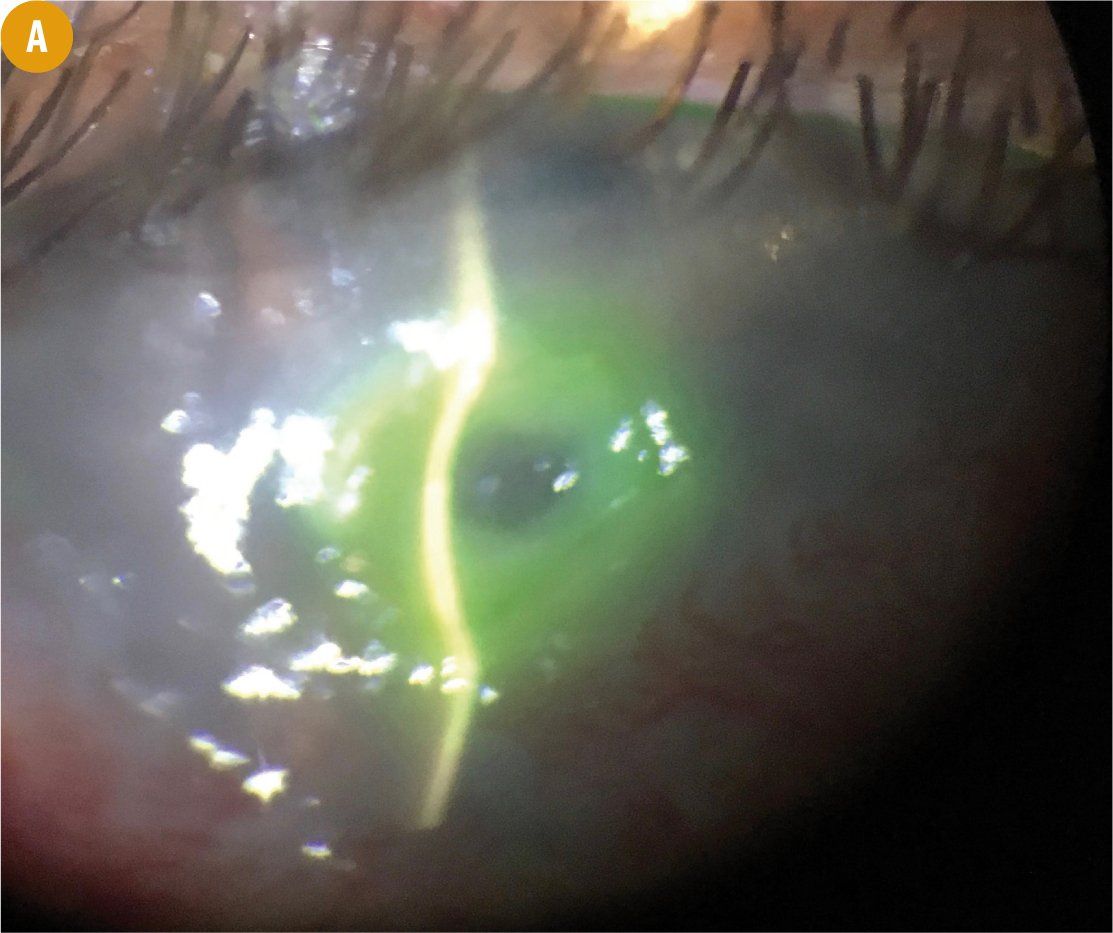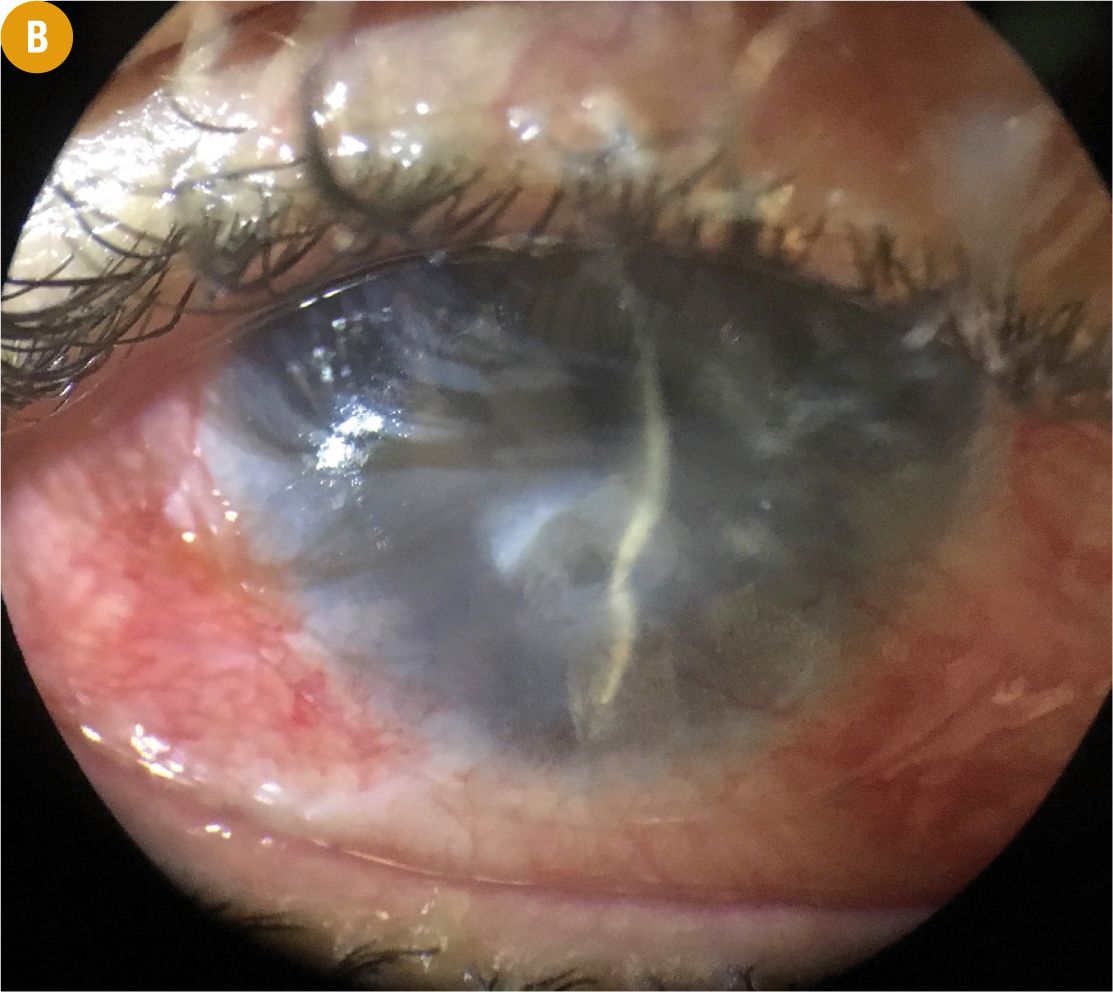Article
Shedding light on antimicrobial effect of CXL, UV
Author(s):

A 222-nm UV light effectively kills most ocular pathogens in 20 seconds.
It’s a given that ultraviolet (UV) light is effective at killing organisms, noted J. James Rowsey, MD. Though a 365-nm wavelength lamp often has been used, Dr. Rowsey touted the greater strength of a 222-nm UV light source technology (Far-UV Sterilray).
“We know that 222 nm will kill just about everything at a very low dose, including methicillin-resistant Staphylococcus aureus [MRSA] and Clostridium difficile,” said Dr. Rowsey, St. Michael’s Eye and Laser Institute, Largo, FL.
“The safety margin is enormous. It takes only 1/100th of the dose that will hurt tissue to kill yeast, bacteria, and E. coli.” The 222-nm light kills most ocular pathogens in 20 seconds, making it more effective than the 365-nm ultraviolet (UV) light typically used with the corneal collagen crosslinking (CXL) regimen for keratoconus, he added.
Two years ago, Dr. Rowsey presented on the safety of the 222-nm Far-UV light on the corneal endothelium by specular microscopy. A colleague asked whether a TUNEL assay would be more auspicious.
“We did exactly that,” he said. “The 222 nm was toxic to microbes at 5 seconds, but even at an hour it was not toxic on the epithelial surface. If we photodisinfect from the outside of the cornea inward, we’re safe.”

When Dr. Rowsey and colleagues compared the use of riboflavin with or without the 365-nm light, there was no effective treatment for E. coli. That was in contrast to what happened with the 222-nm light which was effective for E. coli.
“The 222 nm is actually interfered with by the riboflavin,” he said. “It inhibits efficacy.” Dr. Rowsey highlighted two patients who were effectively treated with the 222-nm Far-UV light.
The first patient was a 48-year-old who had MRSA prior to treatment; after 60 seconds of Far-UV light treatment, there was no MRSA.
“The ulcer has healed with vancomycin and a bandage contact lens following Far-UV Sterilray therapy,” he said. He described a second patient, a 72-year-old female physician with previous radial keratotomy 25 years before. Several of her incisions had rotted away due to MRSA and Candida.
After treatment for 60 seconds, the patient was Candida negative. Eventually, Dr. Rowsey was able to perform a corneal transplant. Researchers have now treated 9 of 20 patients approved by the Institutional Review Board for use with the 222-nm light.
In addition to its immediate treatment for corneal ulcers, Dr. Rowsey believes that 222- nm treatments may be an auspicious method to sterilize donor corneas in eye banks.
Disclosures:
J. James Rowsey, MDP: 727/585-2200
This article was adapted from Dr. Rowsey’s presentation at the 2017 meeting of the American Academy of Ophthalmology. He did not indicate proprietary interest in the subject matter.
Newsletter
Don’t miss out—get Ophthalmology Times updates on the latest clinical advancements and expert interviews, straight to your inbox.





